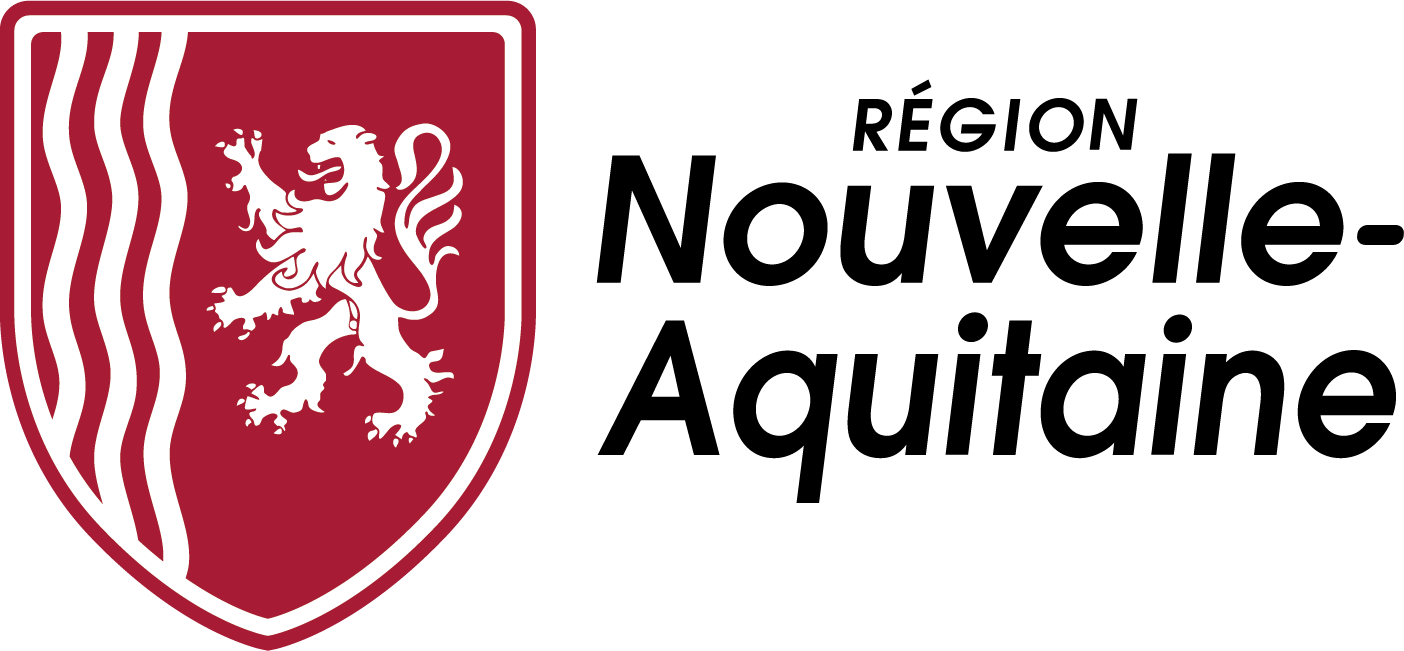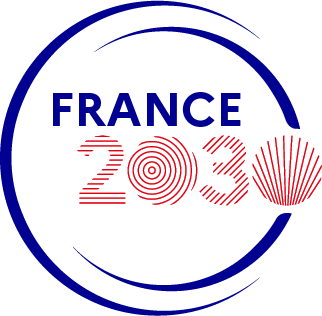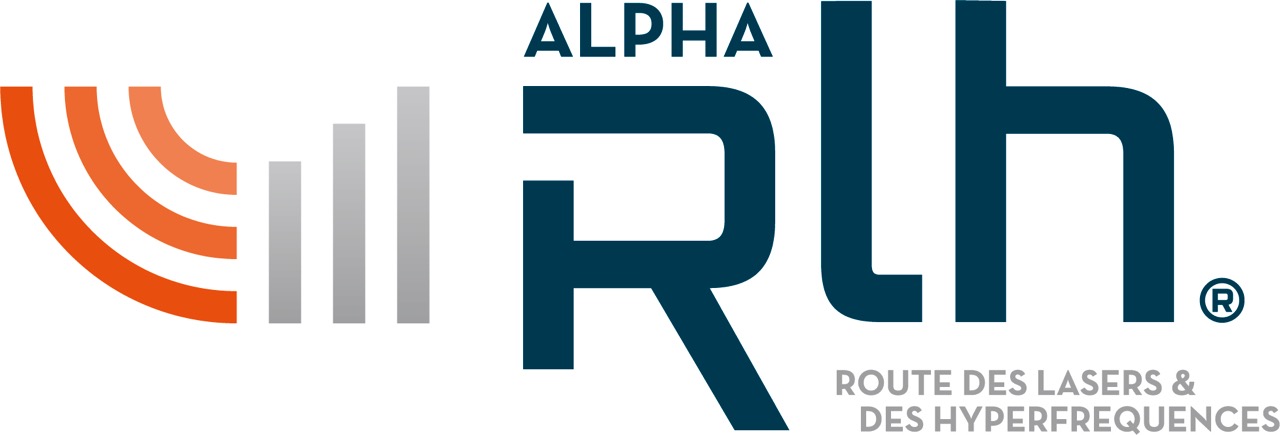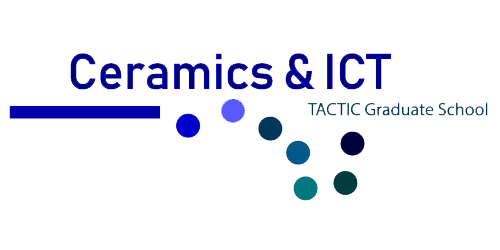You are here
BioElectroMagnetics
The research areas developed in this project concern the exposure systems set-ups and dosimetric characterization for bioelectromagnetics studies. In addition, advanced numerical modeling tools and high frequency sources based on electron tubes are continuously developed. A highly important and specific characteristic of this project comes from its close collaborations with biologists, biophysicists and doctors.
KEY Words: bioelectromagnetics, in vitro/in vivo exposure systems set-up, dosimetry, microwaves, FDTD, ultra short PEF, high frequency sources.
KEY Figures: 13 research grants, 9 research collaborative activities, 2 permanent people, 4 PhD Students, 2 post-doctoral fellows, 5 nationalities in the team.
News/Highlights
Postdoctoral Fellowship proposal
A Postdoctoral Fellowship is proposed by the team with starting date any time. Please refer to the announcement link below for more specific information on the research topic:
- Interaction of Short-Duration High Intensity Electric Field with biological tissues
Contact: Dr. Philippe Leveque [philippe.leveque@xlim.fr]
Research Areas
Initially aimed at developing devices for the evaluation of possible health effects related to mobile telephony, this project is currently moving towards the study of new wireless communications signals (UMTS, WiFi, ... ), high speed pulsed signals and also millimeter/submillimeter signals.

Highlights on Current and Perspective Research
The current research of the BioElectroMagnetics project cover four main areas:
- Nanopulses
This topic focuses on the study of short-duration (nanoseconds and sub-nanoseconds) and high intensity (~100 kV/cm) electromagnetic pulses interactions with living entities. Subventions: NANOPULSEBIOCHIP, CEMIRBIO, DGA/D4S/MRIS. More detailed information can be found in the TeraHertz project.
-New wireless communications signals
Devices are designed and studies are conducted on possible effects of electromagnetic waves, especially for new wireless signals UMTS, WiFi, Wimax, EDGE, RFID, ... Whole-body human exposure is modelled for a domestic environment with multiple sources and irregular exposure time. Subvention: MULTIPASS. Please see the MULTIPASS project website for more information.
- Dosimetry
Accurate dosimetry using FDTD based numerical tools is provided for exposure systems and EM waves interaction with a biological media. This research area also concerns the development and design of bio-sensors for simultaneous measurement of both electric field and temperature. We focus on the design of sensors with increased integration potential near the biological environment. Subvention: BIOCAPTEO.
- Joint research collaboration with Limoges Faculty of Medicine
A strong collaboration is particularly developed with Limoges Faculty of Medicine which includes the study of interactions of EM signals with biology: mechanisms and therapeutic aspects, original imaging analysis techniques, etc .
Exposure Systems and Dosimetry - Laboratory Studies
One of the largest research areas involves design and dosimetric characterization of exposure systems for combined electromagnetic waves and bio-medical applications. The exposure systems are developed for studies on cellular models (in vitro) or animal models (in vivo). Different types of exposures are configured upon experiments such as whole-body, head-only or local exposure. For in vitro experiments, particular attention is paid to systems that allow an analysis of biological parameters during the exposure (ex: microscope image acquisition).
In vitro Exposure Systems Dosimetry

In vivo Exposure Systems Dosimetry

Exposure Systems

EM Waves interaction with human being
Dosimetry
The design of exposure systems also involves the provision of rigorous and detailed dosimetry. Dosimetry permits to calculate the distribution of electromagnetic fields, by evaluating the Specific Absorption Rate (SAR expressed in W/kg), absorbed in the different matter and in the exposure experiment.
Wireless systems: Head and Whole-body human exposure dosimetry studies are conducted to assess the exposure of a system very close to the human head (RNRT COMOBIO project) and in a domestic environment with multiple sources (MULTIPASS project)

MicroDosimetry
Electromagnetic fields at the microscopic level i.e. the cell level are also investigated. The EM field distribution on cellular or sub cellular levels may concern a new biologically relevant target of RF exposure and its effects. This type of dosimetry, known as microdosimetry, is an important step for a better understanding of RF effects at a cellular level and consequently for the design of adapted bio-medical applicators.
Advanced Modeling Tools and High Frequency Sources
In order to take into account various physical phenomena which can interact in a system, electromagnetic analysis tools based on Finite-Difference Time-Domain (FDTD) method are coupled with physics equations (thermal, hydrodynamics, etc). Multi-scale nd multi-physics approaches are developed for the design and rigorous dosimetric characterization of complete exposure systems. The development of statistical analysis methods is currently a major concern for taking into account in the variability of exposure parameters. These methods complete classical numerical dosimetry by assessing the uncertainty of exposure parameters.
- Electromagnetic, thermal and hydrodynamics equations : modelling of convection phenomena for microwave exposed liquids.
- Particle In Cell analysis tool : study of an electron beam interaction with electromagnetic fields in a magnetron

Collaborative Research Activities
The particularity of this multidisciplinary research area comes from its strong collaborations with biologists, biophysicists and doctors. With their cooperation, we design, set-up and characterise exposure systems especially within the microwave research domain.
Faculty of Medicine - Limoges
Research Topic: « Electromagnetic Waves and Neuronal/glial Vulnerability »
Contact: Prof. Catherine YARDIN, Web Site: MEDICINE
Faculty of Science and Techniques/ENSIL Engineering School - Limoges
Research Topic: « Decontamination Procedures using Microwaves »
Contact: Prof. Patrick Leprat, Prof. Christophe Dagot, Web site: ENSIL
IMS Research Institute / UMR CNRS 5218 - Bordeaux
Research Topic: « Dosimetry and Exposure Systems: GSM 1800 MHz, UMTS, Wifi, 2.45 GHz, ...»
Contact: Dr. Bernard Veyret, Dr. Isabelle Lagroye, Web Site: IMS - MCM
C.R.S.S.A Research Institute - Grenoble
Research Topic: « Dosimetry of Exposure Systems used for to the Study of non-thermal Biological Effects of Electromagnetic Waves Radiation », Contact: Dr. Anne Perrin, Dr. Jean-Claude Debousy
IGR Research Institute / UMR CNRS 8121 - Villejuif
Research Topic: « Nanopulses, Mobile Phones Biological Effects, Analysis of Endocytose Modifications of In Vitro Culture Cells exposed to Pulsed Electromagnetic Fields », Contact: Dr. Lluis Mir, Web site: IGR
IPBS Research Institute / UMR CNRS 5089 - Toulouse
Research Topic: « Nanopulses, In Vitro Telephony », Contact: Dr. Justin Teissié, Web site: IPBS
NAMC Research Institute / UMR CNRS 8620- Orsay
Research Topic: « In Vivo Telephony », Contact: Dr. Thérèze Jay, Dr. Jean-Marc Eudeline, Web site: NAMC
Babraham Research Institute - Cambridge (UK)
Research Topic: « The effect of pulsed radio frequency electromagnetic fields on redox signalling calcium homeostasis », Contact: Rod O'Connor, Dr. Martin Bootman, Web site: Babraham
Institute of Biophysics - Moscow (Russia)
Research Topic: « 2.45 GHz In Vivo », Contact: Y. Grigoriev, A. Merkulov
Exploitation and Resources
The project strongly benefits from several subventions and grants supported by the main French research entities. Fundamental and long term applied research is typically funded by the French National Research Agency, the « Health and RadioFrequency » Foundation, Industry, the French Defence Ministry, Limoges Regional aids and other resources.
ANR - National Research Agency Programs
- NANOPULSEBIOCHIP : « Microfluidic devices for the study of biological cells exposed to Short-duration Electrical Pulses » (2008)
- MULTIPASS : « Multiple sources exposure assessment » (2007)
- CEMIRBIO : « Fast Electromagnetic Pulsed Field and Biology » (2006)
Health and RadioFrequency Foundation
- DONUT: « Numerical and Statistical Dosimetry » (2008)
- BIOCAPTEO: « Electro-optical Probe for dual electric field/temperature measurement » (2008)
- GSM autophagy: « Study of in vitro effects of microwaves on the autophagy process » (2008)
- RFFIBHE: « Low dose RF effect on an In Vitro BHE model » (2007)
- GSMchronoHum: « Study of human amniocytes caryotype exposed to GSM » (2007)
- H2AMONO: « Co-genotoxicity of 1.8 GHz GSM EM field on human cells near thermal threshold » (2007)
- DEVNEURAL 1800 (2007)
- MxDOS: « RF Dosimetry for OMS project » (2006)
French Defence Ministry
- CRSSA: « Dosimetry of Exposure Systems used for to the Study of non-thermal Biological Effects of Electromagnetic Waves Radiation » (2007)
- DGA / D4S / MRIS: « Development of Pulse Generator System for the Study of Biological Cells exposed to Short-duration Electrical Pulse » (2007)
Industry and other resources
- ELOPSYS Competitiveness Cluster: « Labsys Mobile Phones: theoretical and experimental study » (2007)
- Research Partnership: « Exposure system dosimetry for 900 MHz in vitro studies » (2005)
Related Links
- World Health Organization: http://www.who.int/peh-emf/project/en/
- French Health and RF Foundation: http://www.sante-radiofrequences.org/
- European Bioelectromagnetics Association: http://www.ebea.org/
- Bioelectromagnetics Society: http://www.bioelectromagnetics.org/











 UMR CNRS n°7252
UMR CNRS n°7252